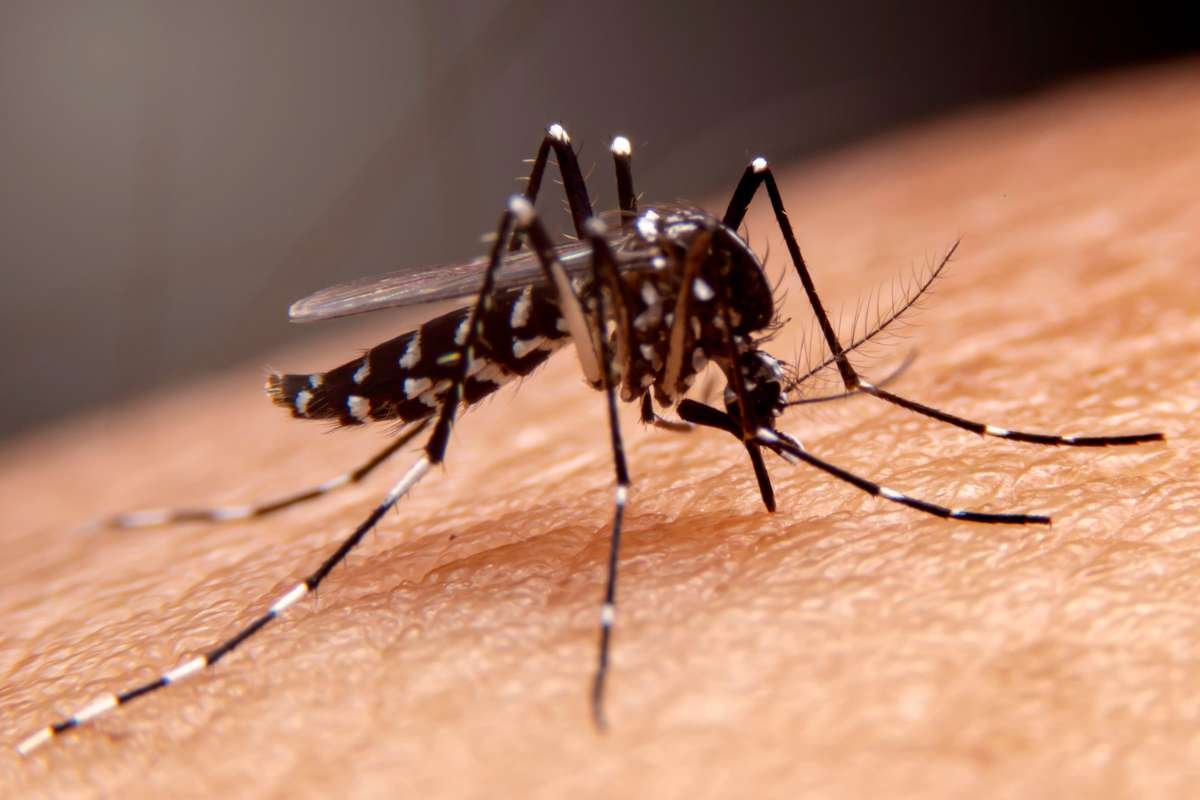In a scientific breakthrough that could reshape the future of HIV treatment, researchers have successfully eliminated HIV from infected human immune cells using CRISPR HIV gene-editing technology, and the virus did not return. The study marks a significant advancement in the decades-long search for a permanent cure for HIV/AIDS. Conducted in controlled lab conditions, the gene-editing procedure targeted and removed the virus from T-cells, which are critical to the body’s immune defense.
The international research team, composed of virologists, geneticists, and immunologists, used a highly specialized CRISPR HIV method to cut out the integrated viral DNA from the host genome. The procedure was successful in completely eradicating the virus from the cells, with no detectable reactivation over time. The experiment builds on years of earlier CRISPR research, but is the first to demonstrate complete viral clearance in human immune cells without recurrence.
How CRISPR Achieved the Unthinkable
The researchers utilized an optimized CRISPR HIV Cas9 system to seek out and excise HIV’s proviral DNA embedded within the chromosomes of infected T-cells. Once HIV infects a person, it integrates its genetic code into the host’s genome, making it extremely difficult to remove without harming the cell itself. Traditional antiretroviral therapy (ART) only suppresses viral replication but does not eliminate the virus, requiring lifelong treatment.
In this study, scientists were able to achieve complete excision with high precision, minimizing off-target effects, a common concern with CRISPR. The immune cells remained functional and viable post-editing, which is a critical factor if the technique is to be applied in clinical settings. “The absence of viral rebound in our results is a major milestone,” the lead researcher stated, adding that this demonstrates the potential of gene-editing tools to deliver a functional cure for HIV.
What This Means for the Future
Though the research is still in preclinical stages and limited to laboratory environments, experts are optimistic about its implications. The next steps include testing CRISPR HIV therapies in animal models, followed by human clinical trials. If successful, CRISPR-based therapies could one day offer a one-time, curative treatment for HIV patients, eliminating the need for lifelong medication and dramatically reducing transmission rates.
Public health organizations and advocacy groups have lauded the CRISPR HIV breakthrough as a game-changer in the fight against HIV research. However, scientists also caution that there are numerous regulatory, ethical, and technical hurdles to overcome before this treatment can be rolled out on a global scale. Questions about safety, delivery methods, and access in low-income regions remain central to the discussion.
Still, the idea that HIV can be not just managed, but truly cured at the genetic level, brings renewed hope to the estimated 39 million people living with the virus worldwide. As researchers prepare for the next phase of trials, the scientific community watches closely, united in the belief that with CRISPR HIV breakthroughs, the end of the HIV epidemic may finally be within reach.







